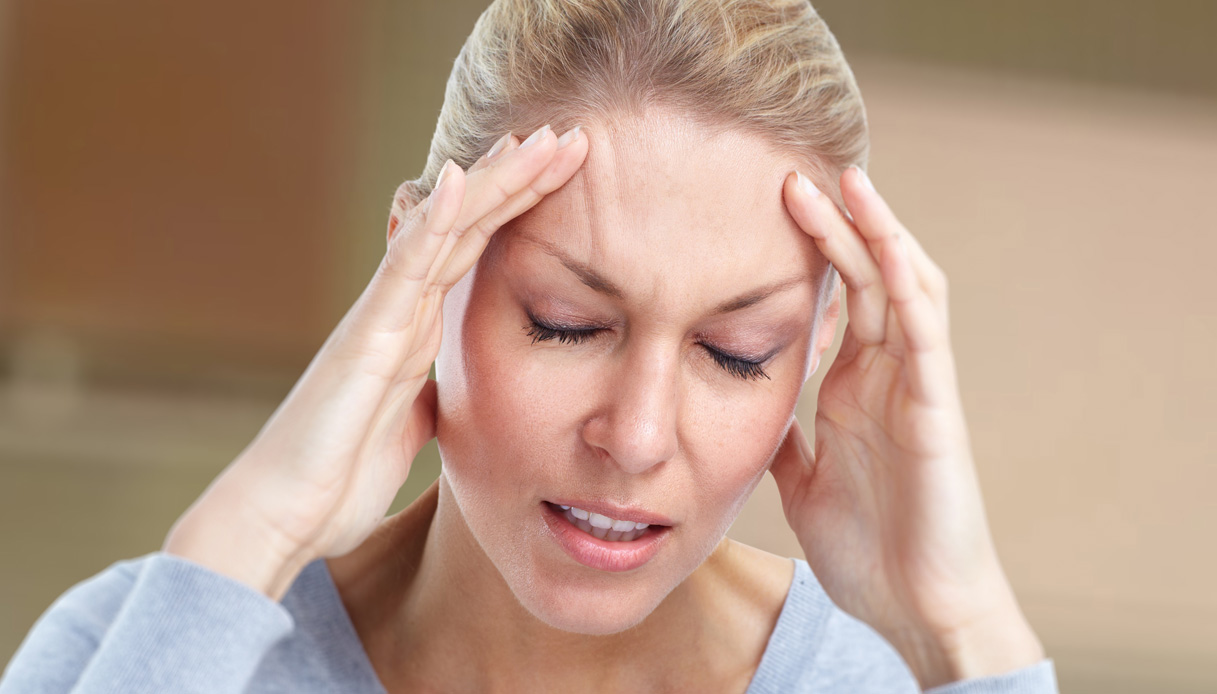We need cities on a human scale, with attention to people. When it comes to addressing the physical or psychological problems that affect over three million people in Italy, we must all become aware of what everyone can do. It is an important commitment that reminds us of the International Day of Persons with Disabilities, which is celebrated on December 3.
Statistics show that about half of the three million people who have problems of this type face serious limitations and that women appear to be more represented in this population: they are about 60% of the total, especially in older age. As a “manifesto” of how much disability can impact a family, let’s take stroke. In Italy, almost a million people do the contri with more or less disabling outcomes, making this disease the leading cause of disability in Italy, as well as the third cause of death after cardiovascular diseases and neoplasms.
What happens in the event of a stroke
In general terms, cerebral stroke can cause paresis of the upper and lower limbs, cause neurological and cognitive problems; one in three patients suffer from language disorders and depression.
Stroke is a topic widely dealt with from the point of view of prevention and management of the acute phase, while information on the subsequent phase, the rehabilitation one, is more scarce and fragmented. Most patients, in fact, return home without receiving news on the possible developments of the disease or on the paths that can be taken, inevitably increasing the sense of isolation and resignation in the face of the enormous difficulties to be faced in trying to resume a life that is as “normal” as possible, based on your abilities. And it is instead essential to focus on rehabilitation, with targeted courses for each person.
“Ginny after being hit it is a very delicate phase but, unfortunately, still too neglected – explains Danilo Toni, Director of the Neurovascular Treatment Unit of the Policlinico Umberto I of Rome and President of the Technical-Scientific Committee of ALICe. Italy Odv (Association for the fight against stroke). People affected by stroke have more or less disabling outcomes caused by brain damage and it is essential that they receive correct information on the rehabilitation phase, in order to possibly improve their clinical situation “.
Another consequence of stroke, which can develop weeks, months or even years after, is spasticity, present in about 19% of cases 3 months after the attack and from 17% to 38% one year after the event. acute and, unfortunately, it is still often under-diagnosed and under-treated, causing severe disabilities for the person with a highly negative impact on the quality of life of patients and their caregivers.
There are also non-homogeneous territorial services and non-continuous assistance, thus making it difficult to access the most suitable rehabilitation programs according to the disability from which the affected person is affected, since cerebral stroke is a disease that often occurs still considered inescapable by family and society. “Our Association – points out Andrea Vianello, new president of ALICe. Italia ODV – is particularly attentive to disability and strongly adheres to what is indicated in the UN message which introduces the anniversary and its theme in the 2030 Agenda for sustainable development which undertakes not to leave anyone behind “.
The faces of the stroke
Not all strokes have the same origin, but they all share the need to get to the hospital as soon as possible in the event of signs and symptoms that should cause alarm, such as loss of strength in an arm or leg, difficulty speaking, lack of sensation in a part of the body, sudden loss of vision, feeling of loss of balance (and they are just examples).
Time is a key factor in limiting damage in the event of lack of blood and oxygen supply to an area of the brain. In general terms, most episodes are linked to ischemia, which can affect both the large arteries, such as the carotids, as well as the small ducts that run inside the skull.
The hemorrhagic stroke, on the other hand, it occurs in about 15 percent of cases and is linked to the rupture of the walls of an artery which then loses blood and compresses the brain tissue. The causes may include a drastic increase in pressure, which leads the vessels to rupture, or the rupture of an aneurysm, that is, a pathological dilation of the arterial wall that is often not perceptible. Eventually, subarachnoid hemorrhages can occur, with blood accumulating between the brain and its outer lining, often a result of an aneurysm rupture.
.
